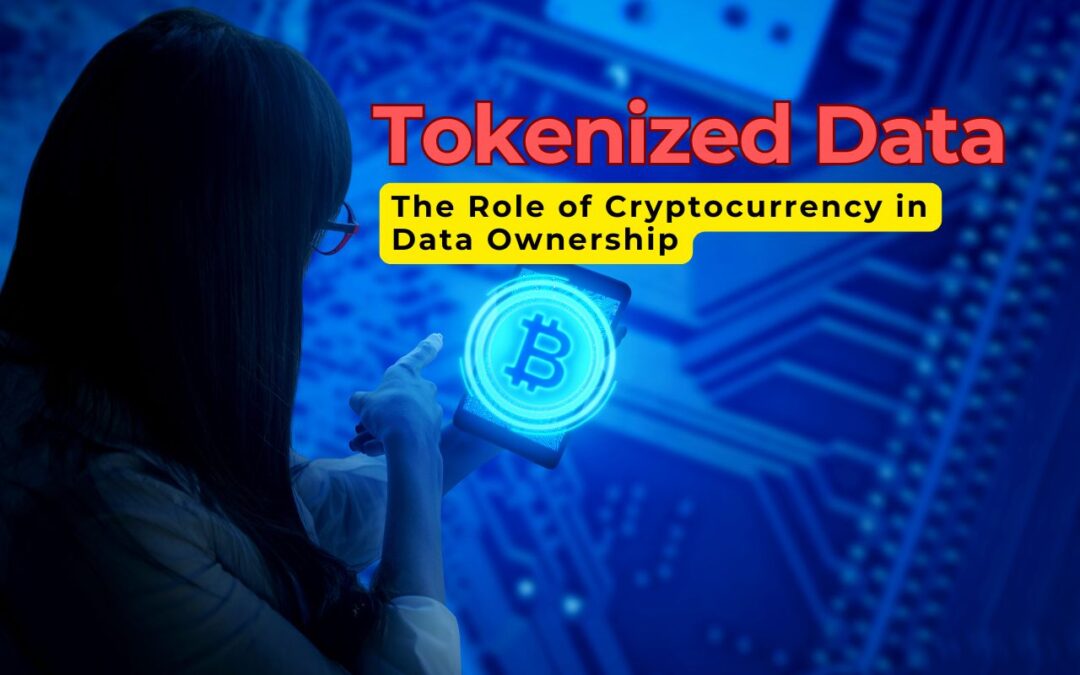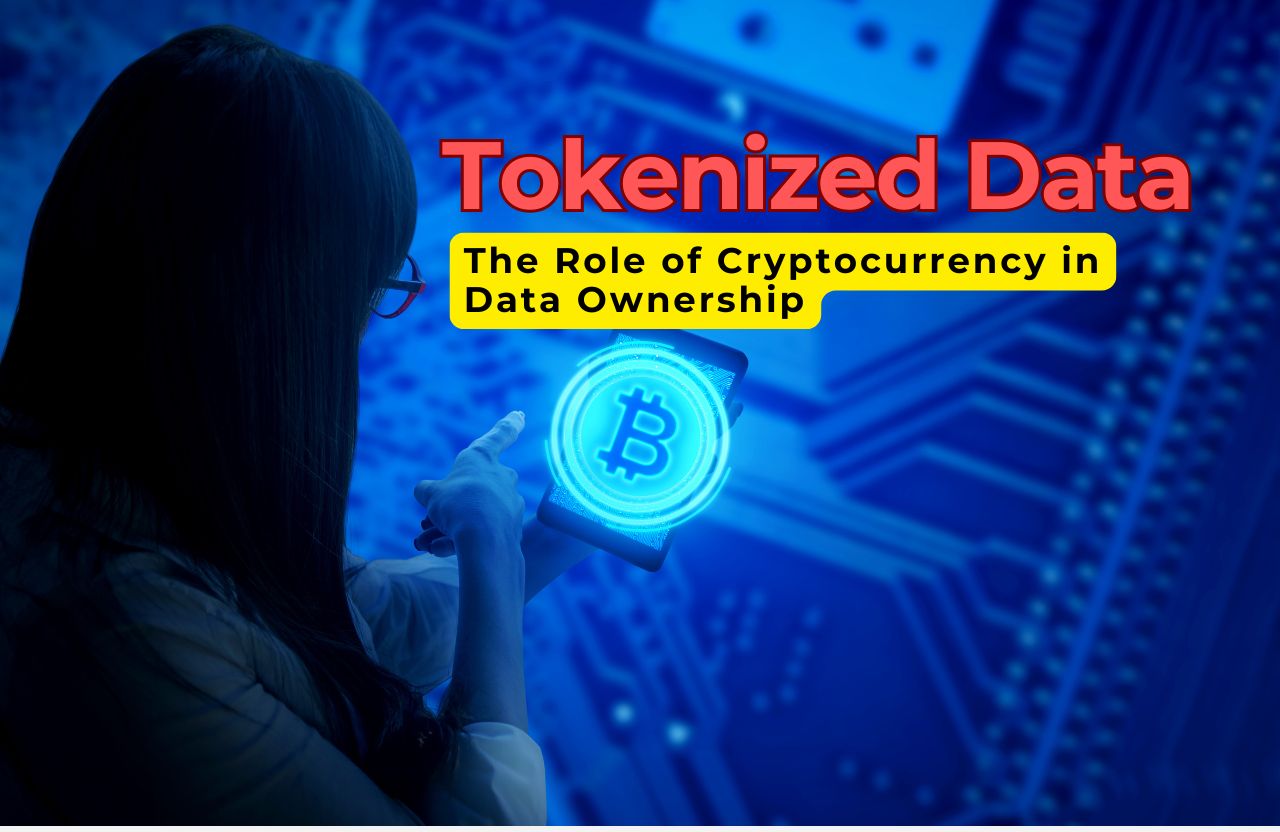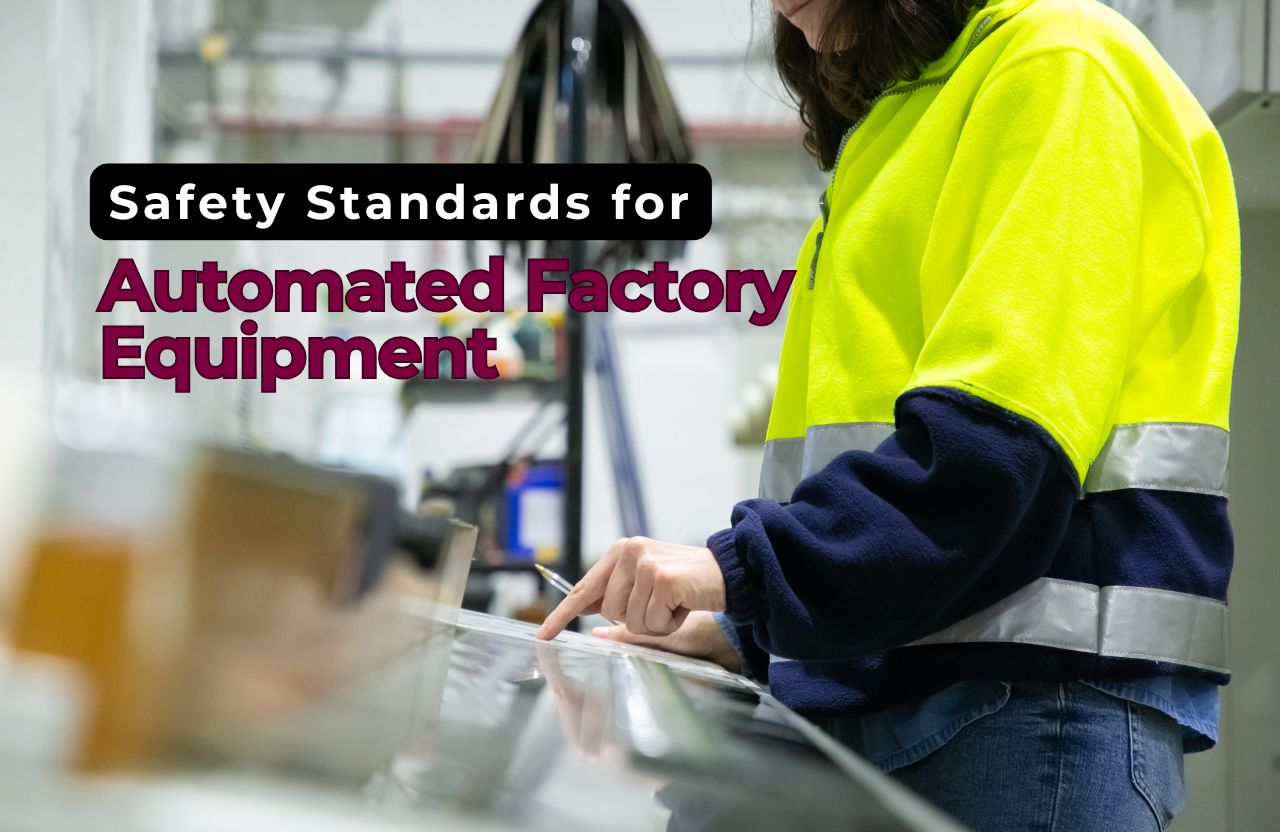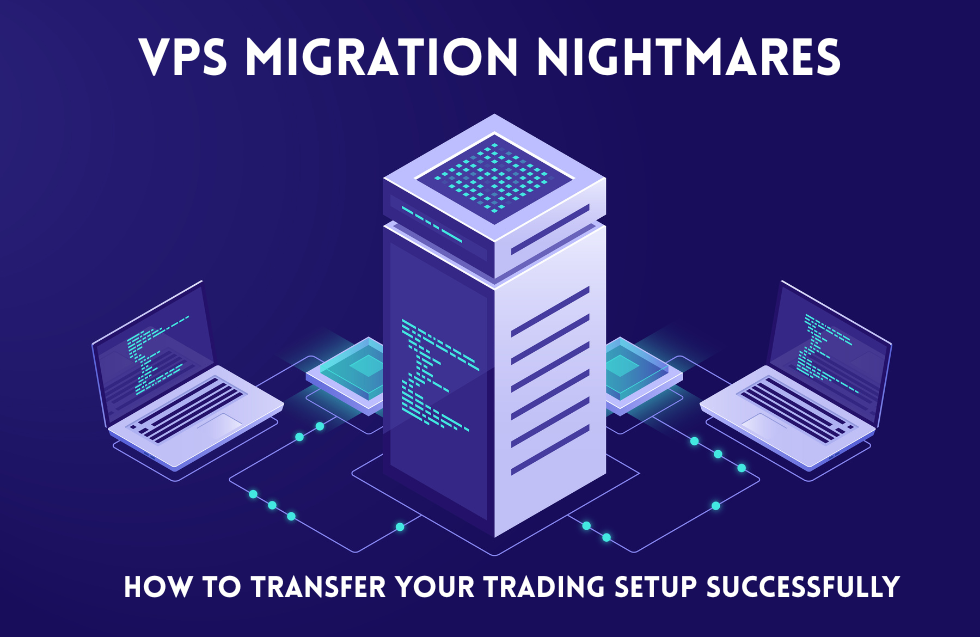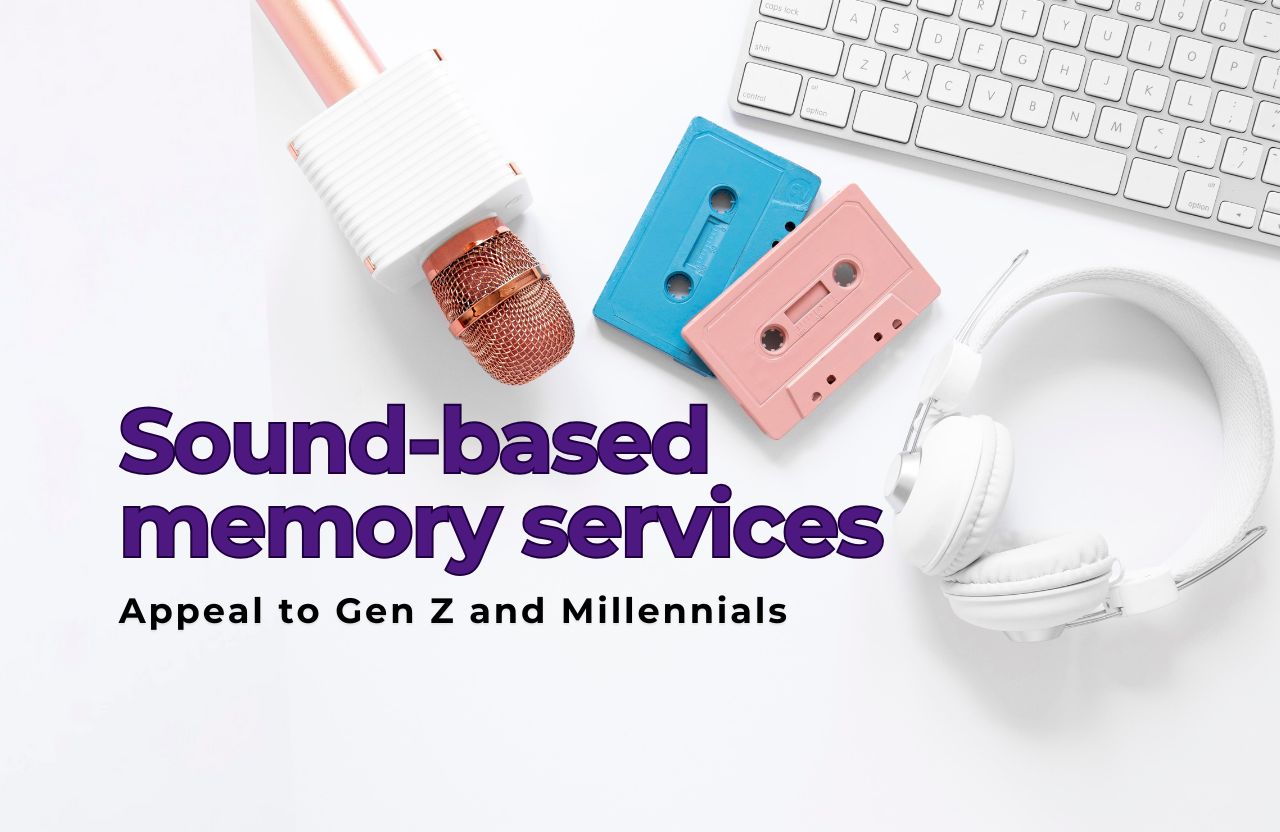Finance and business innovation are aligning in stimulating ways. One of the significant changes transforming how we think about data ownership and privacy is tokenized data. This new concept is driving individual control and ownership, facilitated by blockchain, cryptocurrency and new financial models.
What Is Tokenized Data?
As a basic definition, tokenized data is the conversion of sensitive data into cryptographic tokens. Every token substitutes for the actual data, such as payment or personal identifiers, but still has reference value. With proper application, tokenized data facilitates secure, confidential transactions that don’t reveal the underlying data. This method coincides with larger data tokenization vs masking comparisons, where masking hides data but tokenization substitutes it with secure, meaningless tokens.
Why Tokenized Data Matters?
With blockchain and cryptocurrency tokenized information gives users ownership and safe control of their information. The unalterable ledger allows for transparency, all while decreasing dependence on centralized data brokers. As recent history shows, blockchain-based data ownership is on the rise as a counterpoint to centralized sites.
Tokenization in Finance and Banking
In conventional finance, tokenization in banking is revolutionizing vaults and accounts. Institutions emphasize tokenized deposits and loan tokens as methods for lowering the cost and accelerating settlement. Foremost advantages are:
- Reduced settlement times.
- Part-ownership of huge assets.
- Enhanced liquidity and audibility.
But it’s not without its challenges: regulatory ambiguity, integration with tech and divided blockchain standards are still obstacles.
Tokenized Assets Examples
Here are some tokenized assets examples in real-life:
- Tokenized real estate property: Create ownership of a slice of an asset by owning the asset on the blockchain.
- Tokenized stocks/bonds: Exchange fractions of high-value securities in smaller and digital denominations.
- Tokenized commodities: Are representations of gold, oil or fine art on-chain.
This versatility allows for investments that have long been the privilege of rich or institutional investors.
Tokenization Crypto Coins List
Certain cryptocurrencies have been designed to facilitate tokenized data and assets:
- Chainlink (LINK) – Empowers secure, decentralized data feeds for smart contracts.
- Ocean Protocol (OCEAN) – Specializes in data tokenization and decentralized data sharing.
- Polkadot (DOT) – Empowers cross-chain tokenization and asset interoperability.
- Synthetix (SNX) – Allows users to tokenize off-chain assets on-chain.
These tokens are at the center of the emerging tokenization trend in the crypto space.
Tokenized Data vs Data Masking
Whereas data masking is employed to mask data from unauthorized viewers, it does not provide the identical cryptographic substitution and traceability of tokenization.
Tokenized data offers:
- Greater security. (non-reversible tokens)
- Smooth integration into secure systems.
- Fewer risks even if systems are hacked.
In regulated sectors such as healthcare, banking and insurance, tokenization is soon becoming a new norm.
Recent Trends in Tokenized Data and Cryptocurrency
1. Real-World Asset (RWA)
Tokenization Asset tokenization of funds such as money market funds and real estate is increasing. Analysts estimate hundreds of trillions in tokenized instruments by 2028, for a conservative estimate.
2. Crypto Regulation Progress
Emerging legal frameworks for crypto and data privacy are providing certainty to businesses. Institutional adoption is now possible and on the rise.
3. AI Meets Tokenization
Artificial intelligence is being combined with tokenized data in order to facilitate smart contracts, decentralized ID systems and predictive ownership models.
Real-Life Tokenization Examples
- Payment tokenization: When a credit card number is replaced with a token associated with a specific transaction.
- Blockchain-based health records: Securely storing data using tokenization for HIPAA compliance.
- Supply chain tracking: Product metadata tokenized for traceable logistics.
Tokenized Data vs Tokenized Assets
| Feature | Tokenized Data | Tokenized Assets |
| Purpose | Secure data storage & privacy | Ownership of real-world financial items |
| Backed By | Private data | Physical or digital assets |
| Use Case | Healthcare, finance, identity systems | Real estate, equities, commodities |
| Technology | Cryptographic tokens | Blockchain-based asset tokens |
How Tokenized Data Empowers
- Your data is yours through token representation. No longer reliant on centralized systems.
- Your privacy is protected and tokens are not useful without the ability to decrypt.
- Transparency and traceability, blockchain tracks each use, leaving you with a provable history.
- New economic opportunities, tokenized data could soon be used as collateral or access rights in new crypto lending systems.
As the system matures, look forward to people carrying digital identity tokens, data-use tokens and AI-earned tokens, each expressing control and value.
Tokenized Data and Cryptocurrency FAQs
1. What is tokenized data?
Tokenized data uses secure, irreversible tokens to replace sensitive data to protect the user’s privacy.
2. Differentiate tokenization and masking?
Tokenization is different than data masking because the original data is replaced with other data that is unrecognizable and more secure.
3. How does cryptocurrency relate to data tokenization?
Cryptocurrency provides a distributed and secured method of storing and supporting tokenized data through blockchain technology.
4. What are tokenized assets examples?
Tokenized real estate, bonds and stocks, historically illiquid assets now traded digitally.
5. What is tokenization in banking?
Tokenization in banking consists of replacing account or payment information with tokens to make transactions more secure.
6. Is tokenized data secure?
Yes, tokenized data provides robust security by concealing original information and storing it off-chain.
Conclusion: Why Tokenized Data Is the Future
Tokenized data is not a buzzword but is the basis for a new reality of data ownership, privacy, and financial equity. With cryptocurrency and blockchain, it shifts the power of the individual from centralized platforms. If you are an engineer, an entrepreneur, or a privacy-conscious consumer, you need to learn about your tokenized data.
As more tokenized assets appear, rules become more obvious and technology improves, the lines between data and value become obscured, leading to new marketplaces and models of ownership.
Whether you are creating, investing, or just learning, start unlocking the possibilities today. You are the owner of the data.
